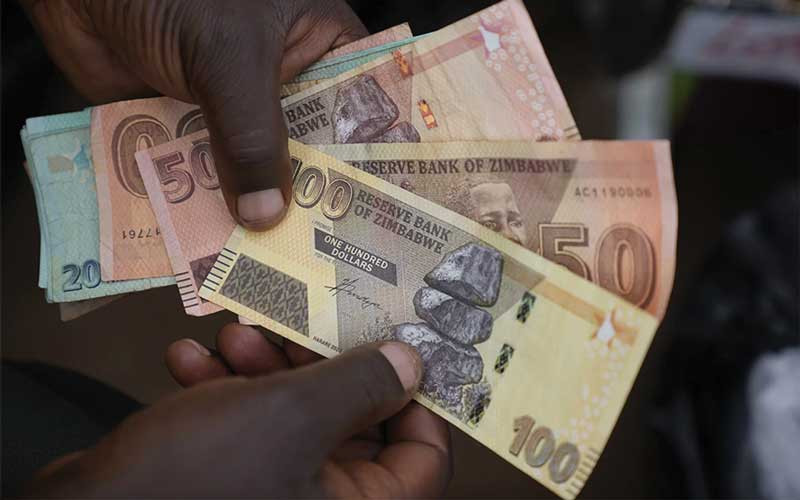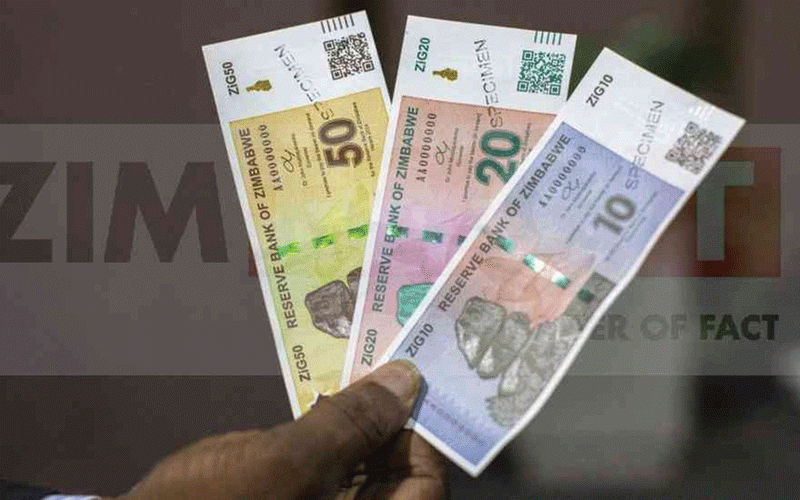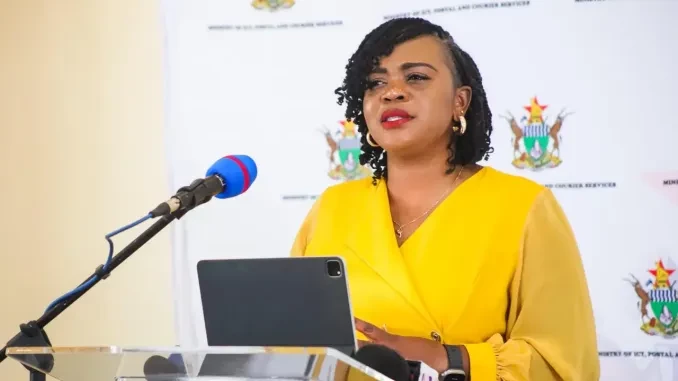
THE Public Debt Management Office (PDMO) published the 2023 Public Debt Report (PDR) that accompanied the 2024 National Budget Statement.
The PDR is published in compliance with Section 300 of the Constitution of Zimbabwe and Section 36 of the Public Debt Management Act (Chapter 22:21). This report details the performance of loans raised by the state and loans guaranteed by the state. As such, the week’s column seeks to decode the key messages from the 2023 PDR, which will help inform outlook projections.
Public debt stock
The Public Debt Management Office (PDMO) revealed that total public and publicly guaranteed (PPG) debt was marginally up by 0,6%, in annual terms, to US$17,7 billion as of the end of September 2023 from US$17,6 billion as of the end of September 2022.
Of the September 2023 total PPG debt stock, 72% (US$12,7 billion) was contracted externally, while 28% (US$5 billion) was contracted from the domestic market. The external PPG debt comprises bilateral debt (US$6 billion), multilateral debt (US$3,1 billion), and Reserve Bank of Zimbabwe (RBZ) debt (US$3,6 billion).
In the same vein, the total domestic PPG debt consists of compensation to former farm owners (FFOs) (69,7%), government securities (29,2%), and arrears to service providers (1,1%).
Further analysis shows that the September 2023 total debt stock is 1,8% lower than the US$18,02 billion recorded in December 2022. This decline is attributable primarily to a decrease in external debt due to a US$684,8 million reduction in liabilities on the RBZ balance sheet.
While the appreciation of the United States dollar against the euro between December 2022 and September 2023 reduced euro-denominated external debt by US$37,9 million, the gain was entirely offset by a US$227,6 million increase in debt penalties.
- RBZ blocks Harare US dollar charges
- Industry cries foul over new export surrender requirements
- One stitch in time saves nine
- Banks keep NPLs in safe territory
Keep Reading
Regarding servicing existing domestic debts, maturing Treasury Bills and bonds (TBs and bonds) to the tune of ZW$503,3 billion and an interest bill of ZW$299,3 billion were settled. To expunge claims under blocked funds, the government has issued long-term US dollar interest-free securities, and a Debt Redemption Fund has been established to service maturing bonds.
As for external debt servicing, the Treasury paid a combined US$55,6 million between January 2023 and September 2023 for active portfolios to trigger disbursements for ongoing projects (47,5%), legacy debts (33,4), and token payments (19,1%).
In the same period, Zimbabwe concluded a US$400 million loan with Afreximbank for budget support and trade-related infrastructure and a US$37 million loan contract from IFAD for horticulture production and sales. For 2024, the Treasury projects a debt service burden of ZW$4,2 trillion to pay maturing TBs and bonds (78,6%) and external loan repayments (21,4%).
The following were the key messages from the 2023 debt report and their implications on the general macroeconomic environment, sustainability of business enterprises, and welfare of taxpayers, consumers and citizens.
Unsustainable debt
Public debt is sustainable if the government can meet all its current and future obligations without exceptional financial assistance or going into default. The 2023 debt report showed that Zimbabwe’s debt remains unsustainable as it consumes over 90% of the estimated 2023 national output (GDP). This debt level violates the Public Debt Management Act, which stipulates a debt-to-GDP threshold of 70%.
Since a debt-to-GDP ratio shows a country’s capacity to repay its debts, a high ratio indicates that public debt is growing faster than national income. Thus, the government will have a low capacity to repay accumulated debt, a case for Zimbabwe, where about 74% and 81% of bilateral and multilateral debt are interest and principal arrears and penalties, respectively.
This could indicate increased debt default risk for Zimbabwe — the probability that a borrower will not make the required payments on a debt obligation. In such instances, creditors may be deterred from lending money altogether or are more inclined to seek higher interest rates when lending.
Exchange rate risk
The 2023 debt report shows that 72% of total PPG debt was accrued externally. As such, the bulk of the debt stock is denominated in foreign currency, which is stable relative to the domestic currency, the Zimbabwean dollar.
For instance, in 2023 alone, the Zimdollar lost 88,8% and 92,5% of its value against the US dollar in the official and parallel markets. The increased Zimdollar volatility means Zimbabwe will require more Zimdollars to service its external debts. Hence, more resources will have to be provided for debt servicing through the National Budget, resources that would otherwise be used to provide crucial public services like housing, education, and healthcare.
These public services are the gold bar for low-income people, particularly in rural, underserved, and marginalised communities.
Limited fiscal space
The debt report shows that Zimbabwe has minimal fiscal space. Due to rising arrears and penalties on existing external PPG debt, the nation can no longer easily access concessional credit terms to augment domestic resources.
The debt overhang has directly impacted capital inflows and led to a vicious debt cycle — continuous borrowing, accumulation of payment burden, and eventual default.
As alluded to earlier, defaults cause a borrowing country to lose access to global capital markets and suffer higher borrowing costs, in addition to harming growth and investment. This case is bedevilling Zimbabwe as its prospective lenders, like the International Monetary Fund and African Development Bank, are unwilling to extend relatively cheap lines of credit.
Consequently, the Treasury has resorted to over-taxation of impoverished citizens. This move affects many facets, such as aggregate consumer demand, industrial activity, savings and investment, and income distribution.
Mortgaging of natural resources
Due to high indebtedness, Zimbabwe now relies on resource-backed loans (RBLs) — loans where repayment is made directly in natural resources or a resource-related income stream guarantees repayment.
For instance, the debt report shows that the government, in February 2023, secured a US$400 million loan from Afreximbank for budget support and the financing of trade-related infrastructure. The US$400 million Afreximbank loan is repaid using 35% of Zimplats’ export proceeds of platinum.
In another case, in 2022, the Treasury revealed that Zimbabwe borrowed US$200 million from China in 2006, a loan secured by 26 million ounces of platinum reserves in Selous.
As I always indicate in this column, RBLs are dangerous as they exert dire developmental impacts by fuelling unsustainable resource extraction, leading to environmental degradation, air and water pollution, forced displacements of people from their ancestral lands, farmer-miner conflicts, and human-wildlife conflicts. These RBLs are also accrued in secrecy, increasing the chances of corruption.
Budget financing
In the fourth quarter of 2023, the Treasury announced its 2024 National Budget proposals, with the spending ceiling for the year set at ZW$58,2 trillion. Total revenue collection is estimated at ZW$53,9 trillion, comprising ZW$51,2 trillion in tax revenues and ZW$2,7 trillion in non-tax revenues.
The budget has a financing gap of ZW$9,2 trillion, consisting of a budget deficit of ZW$4,3 trillion and amortisation of loans and maturing government securities estimated at ZW$4,9 trillion.
This huge financing gap laid bare the negative impacts of high indebtedness as the Treasury accumulates more debt and is set to spend more on debt servicing in 2024 (7,2%) than what is earmarked for social protection (4,1%).
Consequently, authorities are now piling more regressive taxes to mobilise additional revenues to support government developmental projects and programmes. For instance, the budget proposals significantly hiked toll and passport fees, increased strategic fuel levy, removed some essential goods from VAT zero rating and exemptions, and crowded out informal traders from the distribution channels by demanding formal documents like tax clearance and VAT registration certificates.
All these regressive proposals being implemented through the 2024 budget are fuelling the cost of doing business and worsening the cost-of-living crisis, thus plunging many households into extreme poverty.
- Sibanda is an economist. He is a research associate with the Zimbabwe Coalition on Debt and Development. He is a staunch advocate for inclusive and sustainable development. He writes in his personal capacity.











